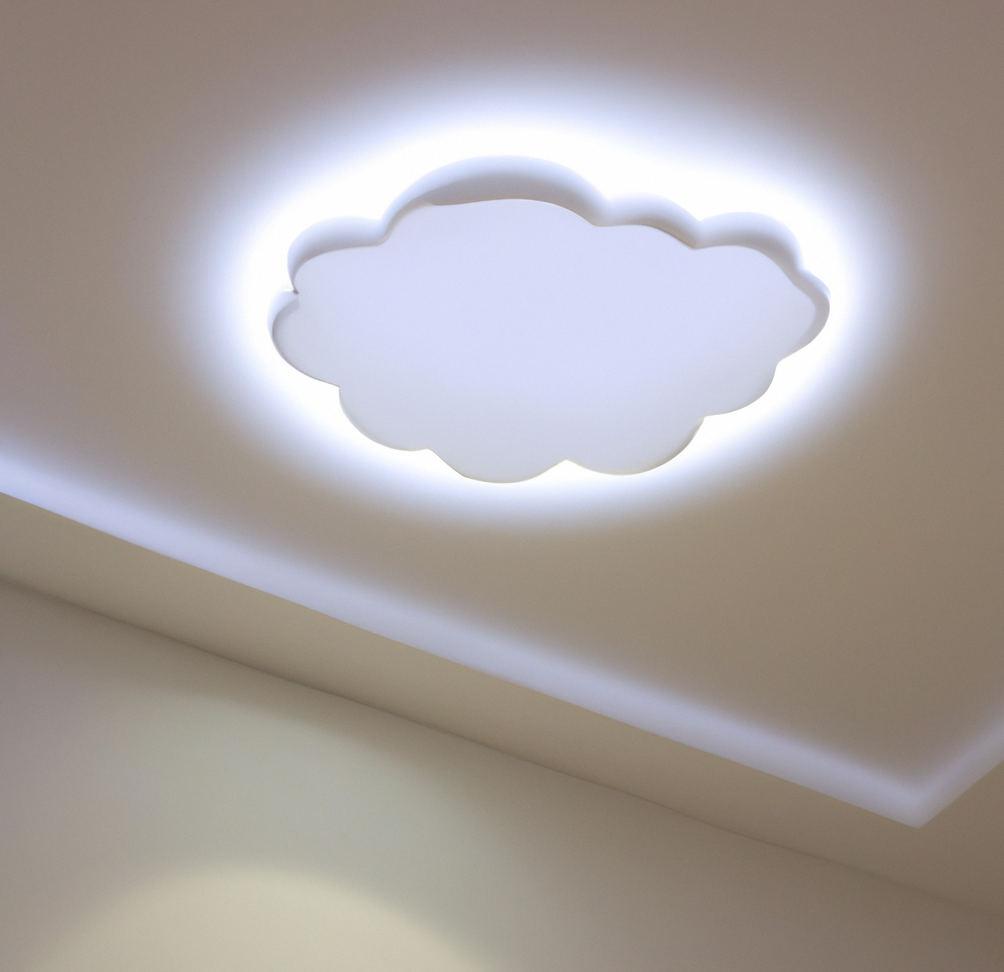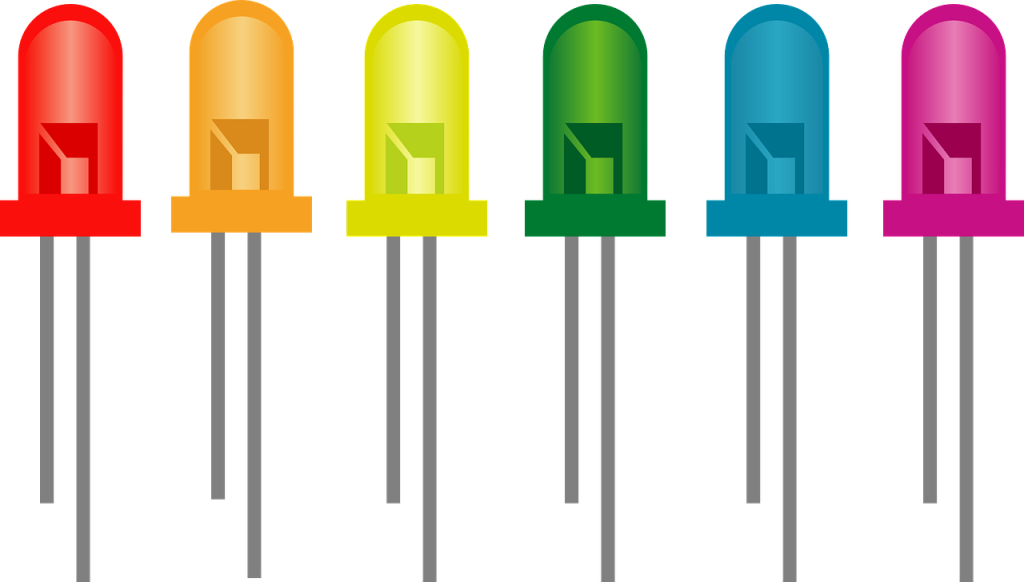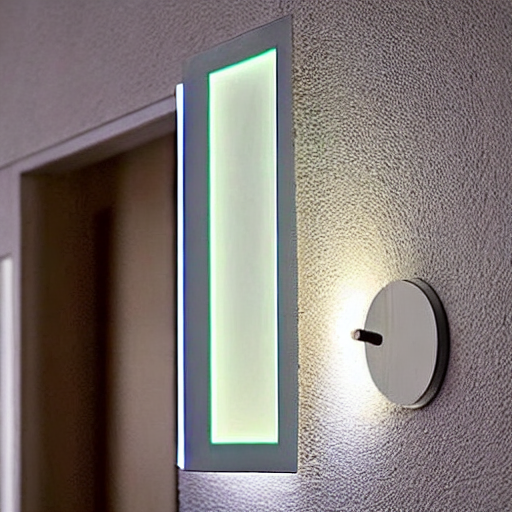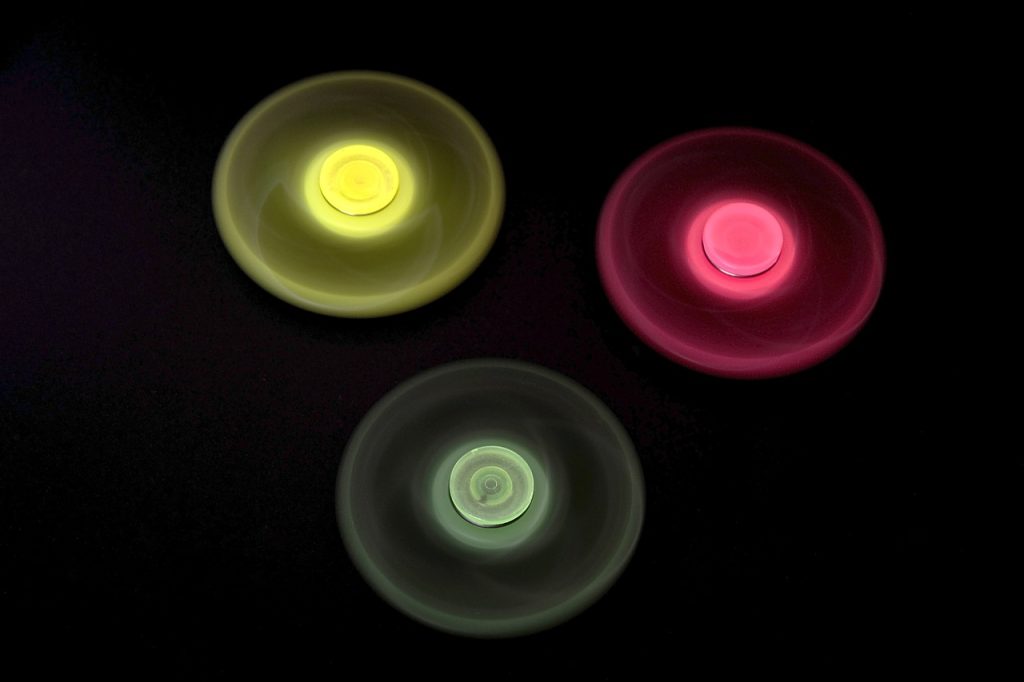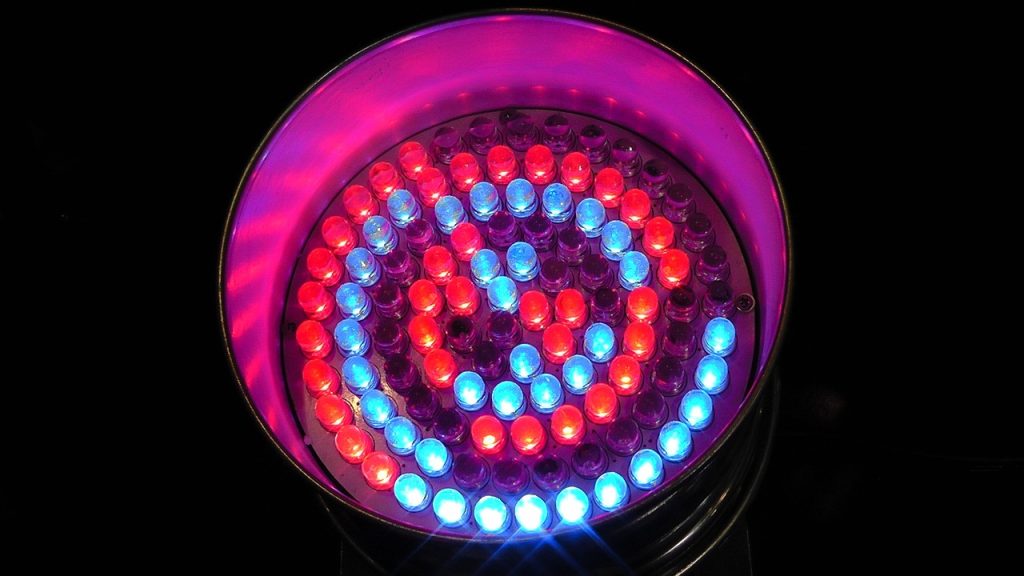Introduction to finding out the brightness of your LEDs
LEDs, or light-emitting diodes, are essential in modern lighting systems. They are highly efficient, long-lasting, and versatile, making them suitable for various applications, including task, outdoor, and decorative lighting. However, the brightness of LEDs is an important factor to consider, as it determines the effectiveness of the lighting in a particular application.
Brightness is a measure of how much light is emitted by an LED, and it is typically measured in lumens. An LED’s brightness is determined by various factors, including the forward voltage and forward current, the ambient temperature, and the type of LED. In order to maximize the brightness of LEDs, it is important to understand these factors and how to address them effectively.
Several approaches to increasing LED brightness include circuit design and thermal management. By properly designing the circuit that drives the LED, it is possible to increase the forward current and in turn, the brightness of the LED. Thermal management, on the other hand, involves reducing the amount of heat generated by the LED and dissipating it effectively, which can help to prevent brightness degradation over time.
This guide will provide a step-by-step overview of how to make LEDs brighter by addressing these factors. We will cover the role of forward voltage and forward current in LED brightness, the impact of ambient temperature and the type of LED, and various techniques for improving LED brightness through circuit design and thermal management. By following these steps, you can achieve optimal LED performance and maximize the brightness of your lighting systems.
Understanding the Factors that Affect LED Brightness

In order to maximize the brightness of LEDs, it is important to understand the various factors that can impact their brightness. By understanding these factors, you can identify the most effective strategies for increasing LED brightness and ensure that your lighting systems perform at their best.
One key factor affecting LED brightness is the forward voltage and forward current. The forward voltage is the voltage applied to the LED in the forward-bias direction, while the forward current is the current flowing through the LED when it is in this direction. The brightness of an LED is directly proportional to the forward current, so increasing the forward current will result in a brighter LED. However, it is important to note that the forward voltage and forward current also determine the power consumption of the LED, so it is important to find the right balance between brightness and efficiency.
Another factor that can impact LED brightness is the ambient temperature. As the temperature increases, the resistance of the LED increases, which can reduce brightness. This is because the higher resistance leads to a reduction in the forward current, which in turn reduces the brightness of the LED.
The type of LED can also affect brightness. Different types of LEDs, such as high-brightness LEDs and surface-mount LEDs, have different brightness levels and are suitable for different applications. For example, high-brightness LEDs are typically used in applications where a high level of brightness is required, such as in outdoor lighting or task lighting. In contrast, surface-mount LEDs are more suitable for decorative lighting or backlighting applications.
By understanding the factors that affect LED brightness, you can identify the most effective strategies for increasing LED brightness and ensure that your lighting systems are performing at their best. The next section will explore how to increase LED brightness through circuit design.
Increasing LED Brightness through Circuit Design
One of the key ways to increase LED brightness is through proper circuit design. By designing the circuit that drives the LED in the right way, it is possible to increase the forward current and, thus, the brightness of the LED. Several approaches to a circuit design can help increase LED brightness, including using a constant current source and properly selecting resistors.
One effective method for increasing LED brightness is to use a constant current source to drive the LED. A constant current source is a circuit that maintains a constant current flow through the LED, regardless of the changes in voltage or resistance. This helps to ensure that the forward current remains at a consistent level, which can help to maximize LED brightness.
Proper resistor selection is another important factor in circuit design for LED brightness. The resistance of the resistor in the circuit determines the forward current, so selecting the right resistor is key to maximizing LED brightness. It is important to choose a resistor with a resistance that is low enough to allow sufficient current flow but not so low that it causes excessive power consumption or heat generation.
In addition to using a constant current source and properly selecting resistors, it is also possible to increase LED brightness through the use of pulse width modulation (PWM). PWM involves rapidly turning the LED on and off at a specific frequency, which can create the impression of a brighter LED. This technique is often used in LED lighting systems to create a range of brightness levels or to dim the LED.
By utilizing these circuit design techniques, it is possible to effectively increase LED brightness and achieve optimal performance in your lighting systems. In the next section, we will discuss the role of thermal management in maximizing LED brightness.
Enhancing LED Brightness through Thermal Management
In addition to circuit design, thermal management is another important factor in maximizing LED brightness. Heat is a major factor in LED degradation and brightness reduction, as it can cause damage to the LED and reduce its efficiency. Proper thermal management is therefore essential for maximizing LED brightness and ensuring long-term performance.
Several approaches to improving LED thermal management include proper heatsinking and forced air cooling. Heatsinking involves attaching a heatsink to the LED to dissipate heat away from the LED and into the surrounding environment. A heatsink is a device that is designed to dissipate heat by increasing the surface area in contact with the ambient air. Attaching a heatsink to the LED can reduce the temperature of the LED and improve its brightness and performance.
Forced air cooling is another effective method for improving LED thermal management. This involves using a fan or other mechanical means to actively circulate air around the LED, which helps to dissipate heat and reduce the temperature of the LED. Forced air cooling can be particularly useful in high-power LED applications where the heat generated by the LED is more significant.
In addition to proper heatsinking and forced air cooling, it is also important to consider the ambient temperature and ventilation of the environment in which the LED is working. Keeping the ambient temperature low and ensuring adequate ventilation can help reduce the LED’s temperature and improve its brightness and performance.
By properly managing the heat generated by the LED, it is possible to maximize LED brightness and ensure long-term performance. In the next section, we will summarize the key points for maximizing LED brightness and discuss the importance of addressing the various factors that affect LED brightness.
Conclusion: Maximizing LED Brightness for Optimal Performance
In conclusion, maximizing the brightness of LEDs is an important factor in ensuring optimal performance in lighting systems. Several key factors affect LED brightness, including the forward voltage and forward current, the ambient temperature, and the type of LED. By understanding these factors and how to address them effectively, it is possible to increase LED brightness and achieve optimal performance.
There are a bunch of approaches to maximizing LED brightness, including circuit design and thermal management. Circuit design involves using a constant current source and properly selecting resistors to increase the forward current and brightness of the LED, as well as using pulse width modulation to create the impression of a brighter LED. Thermal management involves reducing the amount of heat generated by the LED and dissipating it effectively through techniques such as proper heatsinking and forced air cooling.
By following these steps and addressing the various factors that affect LED brightness, you can maximize the performance of your lighting systems and ensure that your LEDs are operating at their best. It is important to take a comprehensive approach to LED brightness, considering circuit design and thermal management to achieve optimal results.
Frequently Asked Questions
What is an LED, and how does it work?
An LED, or light-emitting diode, is a type of semiconductor device that converts electricity into light. It consists of a p-n junction or a boundary between two layers of semiconductor material with different conductivity. When an LED is forward-biased, meaning that a voltage is applied in the correct direction, electrons and holes are injected into the p-n junction and recombine, releasing energy in the form of photons or light.
Why is the brightness of LEDs important?

One of the biggest things you want to think about for your project is how bright the output of the light will be. It’s an important factor to keep in mind when it comes to LED lighting, as it determines the effectiveness of the lighting in a particular application. Brightness is a measure of how much light is emitted by an LED, and it is typically measured in lumens. The brightness of an LED is important for tasks such as illuminating a workspace, reading or providing outdoor lighting, and it can also be a factor in decorative lighting applications.
What are the factors that affect LED brightness?
There are several factors that can impact the brightness of LEDs, including the forward voltage and forward current, the ambient temperature, and the type of LED. The forward voltage and forward current are key factors that determine the brightness of an LED, as the brightness is directly proportional to the forward current. The ambient temperature can also affect LED brightness, as higher temperatures can increase the resistance of the LED and reduce the forward current, resulting in a reduction in brightness. The type of LED can also affect brightness, with different types of LEDs having different brightness levels and being suitable for different applications.
How can I increase the brightness of LEDs?
There are several approaches to increasing the brightness of LEDs, including circuit design and thermal management. Circuit design involves designing the circuit that drives the LED in a way that increases the forward current and brightness of the LED, such as by using a constant current source and properly selecting resistors. Thermal management involves reducing the amount of heat generated by the LED and dissipating it effectively, which can help to prevent brightness degradation over time. Techniques for thermal management include proper heatsinking and forced air cooling.
How can I ensure long-term LED performance and brightness?
To ensure long-term LED performance and brightness, it is important to properly design the circuit that drives the LED and properly manage the heat generated by the LED. This can involve using a constant current source and properly selecting resistors to increase the forward current and brightness of the LED, as well as using techniques such as proper heatsinking and forced air cooling to dissipate heat effectively. It is also important to consider the ambient temperature and ventilation of the environment in which the LED is operating, as high temperatures and poor ventilation can contribute to heat buildup and reduce LED performance and brightness.





